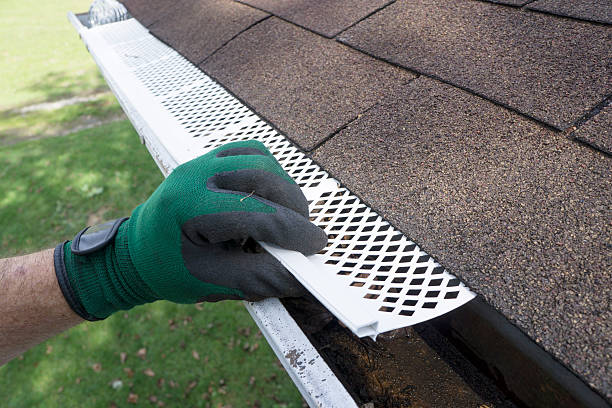With proper care and maintenance, your home’s shingle roofing systems can last for years to come. But if you neglect these systems for too long, mold and moisture may become an issue–not only compromising the structural integrity of your roof, but also having detrimental effects on your indoor air quality and overall health. Here are some practical tips to prevent mold and moisture issues in your shingle roofing systems:
Regular Roof Inspections: Schedule annual inspections with a professional roofing contractor. They will assess your shingle roofing system for any signs of damage, including cracked or missing shingles, deteriorated flashing, or damaged gutters. By identifying and repairing these issues early on, you can prevent moisture from seeping into your roof.
Proper Ventilation: Good ventilation is key to reducing moisture buildup in your attic and preventing mold growth. Ensure that your attic has adequate ventilation through vents or fans. This helps in expelling excess heat and moisture, keeping your roof and attic dry and mold-free.
Prompt Repairs: Don’t delay repairs when you notice any damage or leaks in your shingle roofing system. Even small leaks can lead to significant moisture problems and mold growth. Addressing repairs promptly will prevent further damage and save you from costly repairs down the line.
Clean Gutters and Downspouts: Clogged gutters and downspouts can cause water to overflow and seep into your roof. Regularly clean and maintain these elements to ensure proper water drainage and prevent water from pooling on your roof, which can lead to moisture-related issues.
Install Waterproof Underlayment: Consider installing a waterproof underlayment beneath your shingles. This additional layer acts as a barrier against water infiltration, enhancing the overall waterproofing of your shingle roofing system.
Insulate Your Attic: Adequate insulation in your attic helps maintain a consistent temperature and reduces condensation. Proper insulation not only prevents moisture issues but also improves energy efficiency, reducing your heating and cooling costs.
Monitor Indoor Humidity Levels: Avoid moisture problems by monitoring indoor humidity levels. Use a hygrometer to measure humidity in your home and keep them between 30% and 50%. If necessary, use dehumidifiers in areas prone to high moisture such as basements or bathrooms.
Regular Roof Maintenance: Implement a routine maintenance plan for your shingle roofing system. This includes cleaning debris, removing moss or algae growth, and ensuring proper drainage. Regular maintenance goes a long way in preventing mold and moisture-related issues.
Remember, preventing mold and moisture issues in your shingle roofing Schaumburg systems is an ongoing process. By following these tips and staying proactive, you can maintain a healthy and durable roof that protects your home and loved ones for years to come. Don’t hesitate to consult a professional roofing contractor for personalized advice and assistance. Your efforts today will pay off with a worry-free roofing experience in the future.
Mold-resistant shingles are a smart choice for anyone who wants to protect their home from mold. These shingles have special additives that inhibit the formation of stains and keep roofs looking clean, no matter how much time has passed since they were installed. This can significantly reduce the risk of mold growth on your roof, which is especially important in areas where humidity is high during certain times of the year. Talk to an expert about the different types of shingles available and how they differ from one another so you can make an informed decision about which type of shingle is right for your home’s needs.




